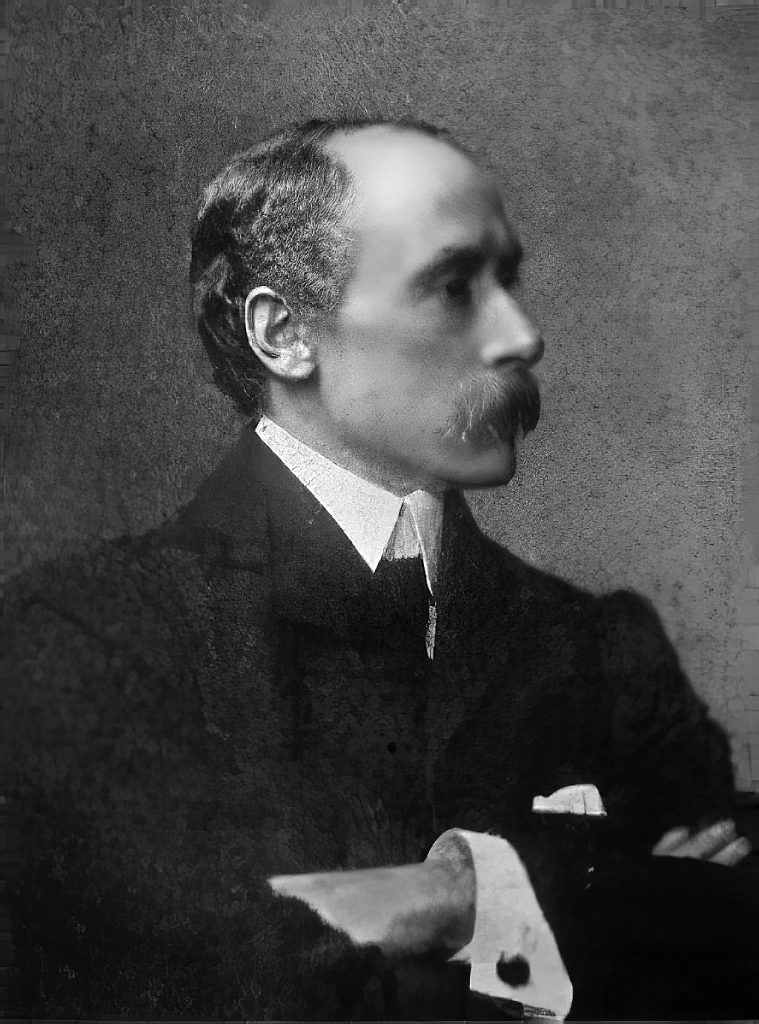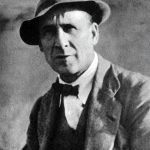
Movement(s): –
James Kay (1858 – 1942) was a Scottish artist notable for his paintings of the landscapes and shipping. Born on the Isle of Arran (son of Thomas Kay, a chief petty officer in the British Royal Navy, and Violet McNeish), Kay spent much of his working life with a studio in Glasgow and living at Portincaple on Loch Long in Argyll and Bute. He trained at the Glasgow School of Art.
He showed great originality, influenced by the emergence of impressionism of the 1880s. Active from the late 1880s, Kay achieved regular recognition at exhibitions in Europe. He exhibited at the Salon in Paris in 1894, and at 1895’s La Libre Esthetique in Brussels was awarded an honourable mention. In 1903 his painting Toil and Grime was awarded the silver medal at the Societe des Amis des Arts in Rouen, while another work, River of the North, won the gold medal at the Paris Salon.
He was elected to the Royal Scottish Society of Painters in Watercolour (RSW) in 1906 and to the Royal Scottish Academy in 1938.
In 1911, Kay met and married Ada Laval, who was from Mauritius. He had one daughter, artist Violet McNeish Kay.
Click here to read James Kay’s full bio on Wikipedia.
James Kay painted in several places along the coast of Normandy and Brittany, here they are (links “⇠“ to his works of art will appear below when published);
- Brittany
- Normandy
- Dieppe ⇠
- Etretat
- Honfleur ⇠
- Le Havre (and surrounding)⇠
- Mont Saint-Michel
- Rouen
Related Posts
- 93
- 93
- 93
- 92
- 92





